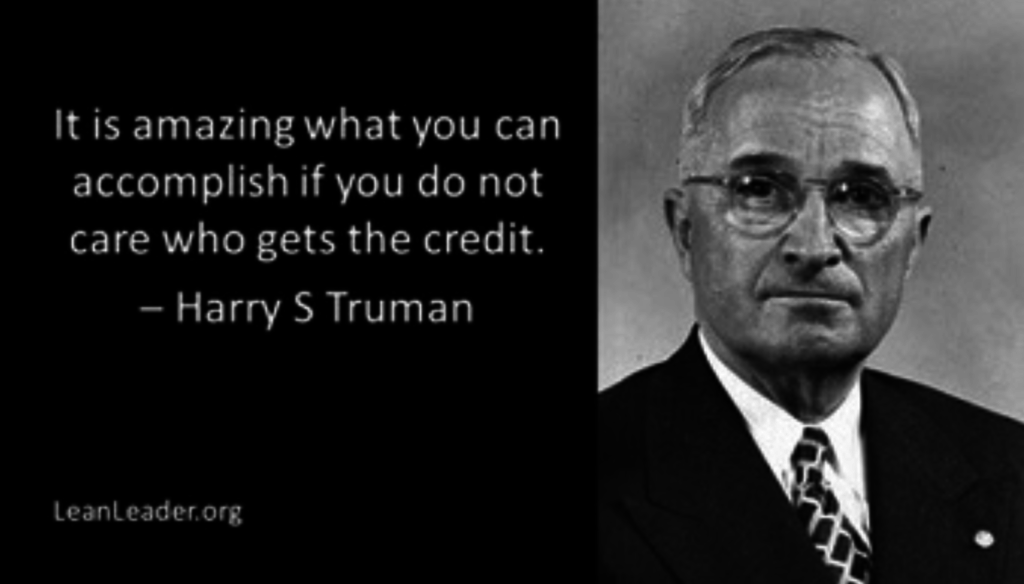![]() Photo by Daniele Levis Pelusi on Unsplash
Photo by Daniele Levis Pelusi on Unsplash
Silence makes us vulnerable
We all have had those moments in a conversation when suddenly the conversation stops. The awkward silence begins. You briefly make eye contact, smirk, then look away. Your physiology is triggered. You shift in your seat, scratch a sudden itch, or clear your throat. While trying to quickly think of something to break the silence you have a brain freeze. As long as you are speaking you are keeping your counterpart distracted. You keep them at bay. Consider it a shield of protection. For if you fall silent you become vulnerable. You open yourself up. Your counterpart is no longer distracted by questions. You are both on full display. This is when all senses become heightened. Your self-awareness and awareness of others increases. This is when our humanness comes to the forefront.
Silence is anything but silent
Silence is the absence of sound but not of information. It is amazing how humanly evoking it can be to sit with others and not say a word. An interesting ice-breaker to use with people unfamiliar with one another demonstrates the power of human perception in the absence of words. Create groups of three arranged in a triangle. Two participants through observation and sensing only describe the third person using adjectives and short sentences. This is done three times, each for several minutes, so everyone can be both the observer and the observee. You will be amazed at what people say about each other only by taking in their essence and projected aura.
The lost art of being silent
In the digital age if you are not regularly updating at least one social media account then you are not hip to the play. If you are not Instagramming, Facebooking, YouTubing, tweeting, podcasting, or blogging (guilty as charged), then you are not living in the times. Who doesn’t want to become an influencer? It is not only an actual job but a desirable one at that! Influencers don’t gain followers by remaining silent. Far from it. We are becoming less silent and more vocal and visible as technology and social media give us unprecedented access via a global network. This is not necessarily bad in the sense that we are becoming more transparent and giving public voices to everyone. The problem is with all the chatter, we are losing the ability to pick up important information when nothing is being said.
Accepting silence is to accept our social/emotional connectedness
Silence more often than not is associated with shyness, insecurity, social awkwardness, incompetence, or inattentiveness. Silence, however, allows us to reflect, relax, listen, be open, connect, and access our other senses as a means of taking in our environment and those around us. Recall the triad activity. By becoming less silent we are losing an important human trait that no computer or robot can do. And that is receiving and interpreting data when no verbal transmission exists. Many have watched Sophia–the AI robot–in awe, however, without any verbal precursor, she would just look blankly at you. Her AI is useless without some external stimulus. Even your dog has the social and emotional wherewithal to read your energy as you sit silently. It won’t be long before the silence is broken with a welcoming bark, a friendly nudge, or a sloppy kiss. If you are lucky you may receive all three.
Silence brings quality to our voice and respects others
We have the ability at any time to broadcast any message we want. What if this freedom we take for granted were not possible? What if you could only have one minute a day to say something? Which audience you would choose to address? What would you choose to tell them? What impact or outcome would you like to have? With that freedom comes responsibility. This is the point. Not all of what we say must be thought-provoking, philosophical, or awe-inspiring. However, one’s voice, one’s message is precious. And there are 7.8 billion precious human voices. If we are all speaking at once, who is listening? If everyone wants to be right, then who is wrong? I believe in the 80/20 rule. We have two ears, two eyes, and one mouth. So 80% of the time we should be listening and observing and speaking only 20% of the time.
Silence brings you to the point
Silence in a conversation gives space for those involved to simply sit. Sit with what has been said. Sit with the thought of whether the conversation is on the right path, needs to shift, or simply needs to end. All results provide valuable feedback on what next step to take. Senior Forbes Contributor, Avery Blank’s article, “6 Ways Leaders Use Silence To Increase Their Power (And You Can, Too) provides additional insight into the value of harnessing the power of silence. So next time you find yourself in that awkward silence do not be so quick to break it. Relax, breathe, and embrace it. See it as a gift. In some cases, it can bring you to the point more quickly than a barrage of questions. Use it to take in other valuable nonverbal aspects of communication that are so vital to how we humanly connect and relate with others.
About the Author
Jean-Pierre Kallanian is a Human Systems Expert specializing in conflict resolution, intergenerational dialogue, and psychological safety. He is also a Youth Coach, Author, and Speaker. As the creator of the EPIC Model, Jean-Pierre brings out the expertise in groups by revealing patterns and refining human systems in real-time!



